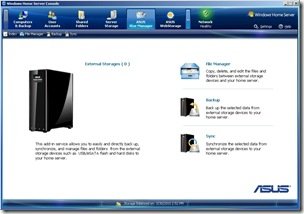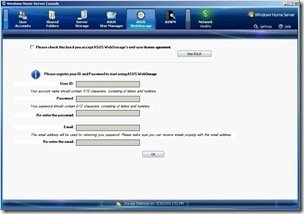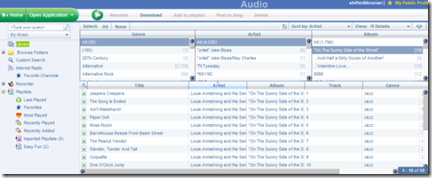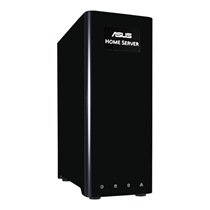Add-In: FirePlay 0.92.0.1
The FirePlay add-in for Windows Home Server has been updated to version 0.92.0.1
The add-in allows you to remotely stream over the internet all the music stored on their Home Server.
The key changes to this latest version are:
- Updated FirePlay code to 0.92.
- Installer searches for FireFly.exe and will fail if not found.
- Installer updated to improve on IIS install for “unusual” setups.
- By popular demand, the “Prevent Downloads” setting is now enabled by default (stops people “leeching” your music).
You can download it from here.







